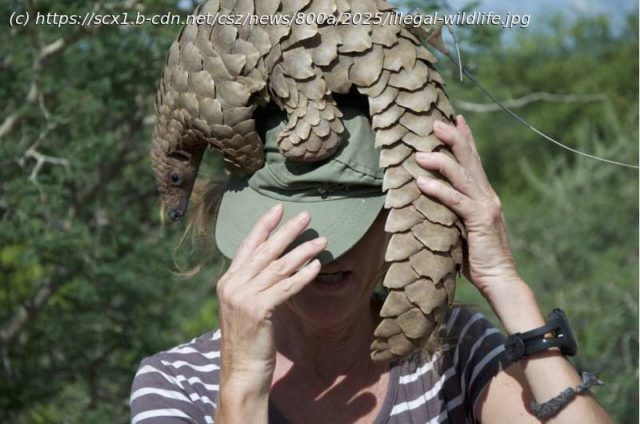When most people hear terms like poaching, wildlife trafficking or illegal wildlife trade, they probably think of threatened species such as elephants, rhinos, tigers or sharks. Geographically, wildlife crime may feel like a problem confined to southern Africa or southeast and East Asia.
When most people hear terms like poaching, wildlife trafficking or illegal wildlife trade, they probably think of threatened species such as elephants, rhinos, tigers or sharks. Geographically, wildlife crime may feel like a problem confined to southern Africa or southeast and East Asia.
Of course, these species have long been heavily trafficked, and those regions are major hotspots for the trade. However, illegal wildlife trade affects thousands of species of wild plants, animals and fungi, and has been reported in 162 countries, including Canada, which is far from a passive bystander.
Illegal wildlife trade is one of the largest criminal activities in the world and some black markets are growing each year. The immense scale of the problem, coupled with a changing climate and a widening gap between organized crime and countries’ capacities to respond, poses a mounting global concern.
Yet one of the biggest gaps in our understanding has been the nature of organized crime connections to illegal wildlife trade, hardly surprising given how difficult criminal networks are to study.
In recent years, experts have increasingly stated illegal wildlife trade converges with other forms of serious and organized crime, such as drug and human trafficking.
Though reported in the media, empirical evidence has been lacking. Much of what we knew about these convergences came from anecdotal reports and reviews. In response, research by our team in 2021 and 2022 reviewed existing knowledge and theorized how these criminal convergences work, laying the groundwork for new empirical research.
Our latest study documents those connections directly through more than 100 interviews with investigators on the ground in Canada, South Africa and Hong Kong. This study mapped how illegal wildlife trade intersects with other organized criminal activities.
Our findings confirm that wildlife trafficking is rarely isolated. Whether in South Africa’s rhino reserves, Hong Kong’s shipping terminals or Canada’s coastal towns, the same pattern repeats: the people and networks trading in wildlife are often involved in other illicit activities.
Home
United States
USA — IT New study reveals how illegal wildlife trade intersects with organized crime in...






